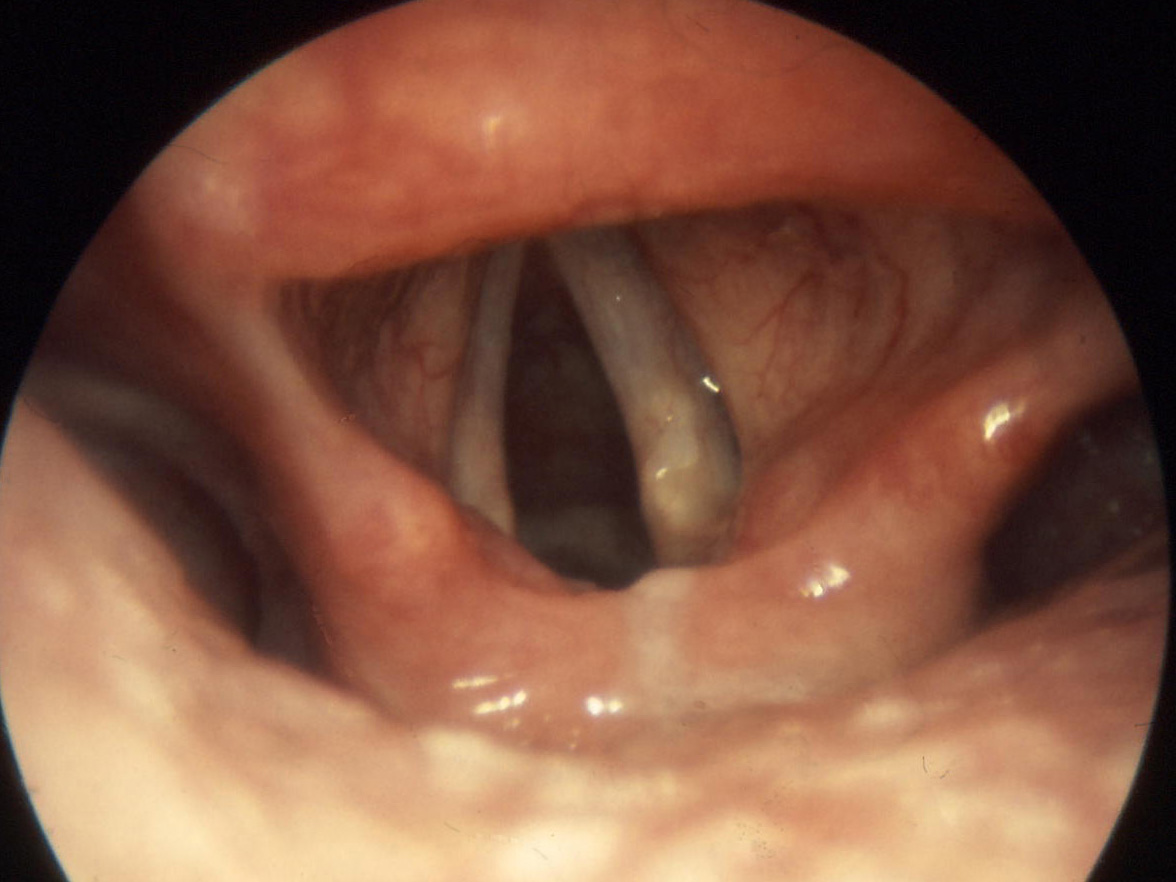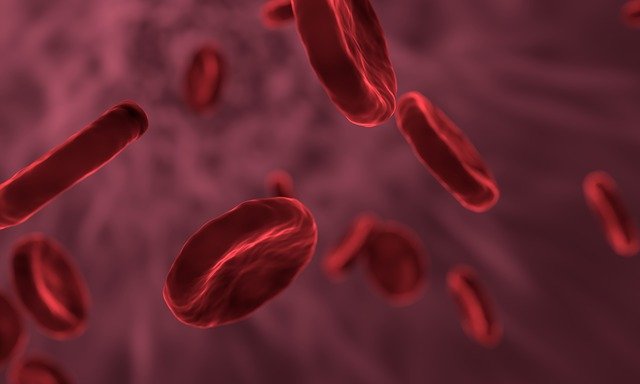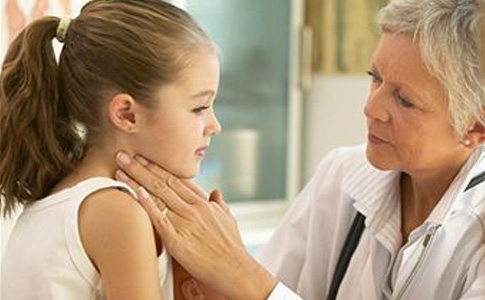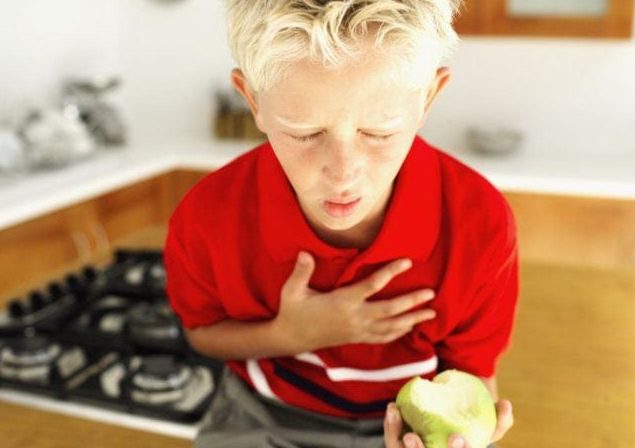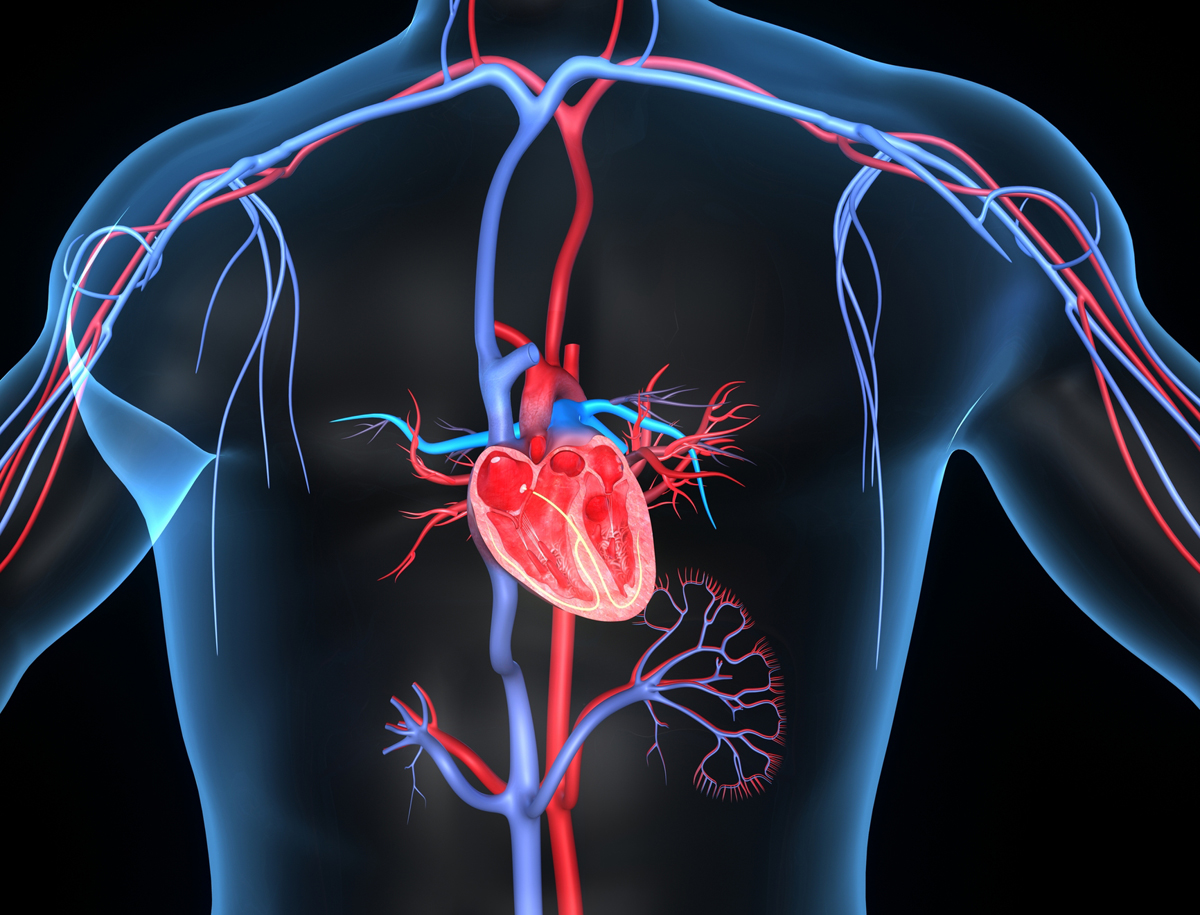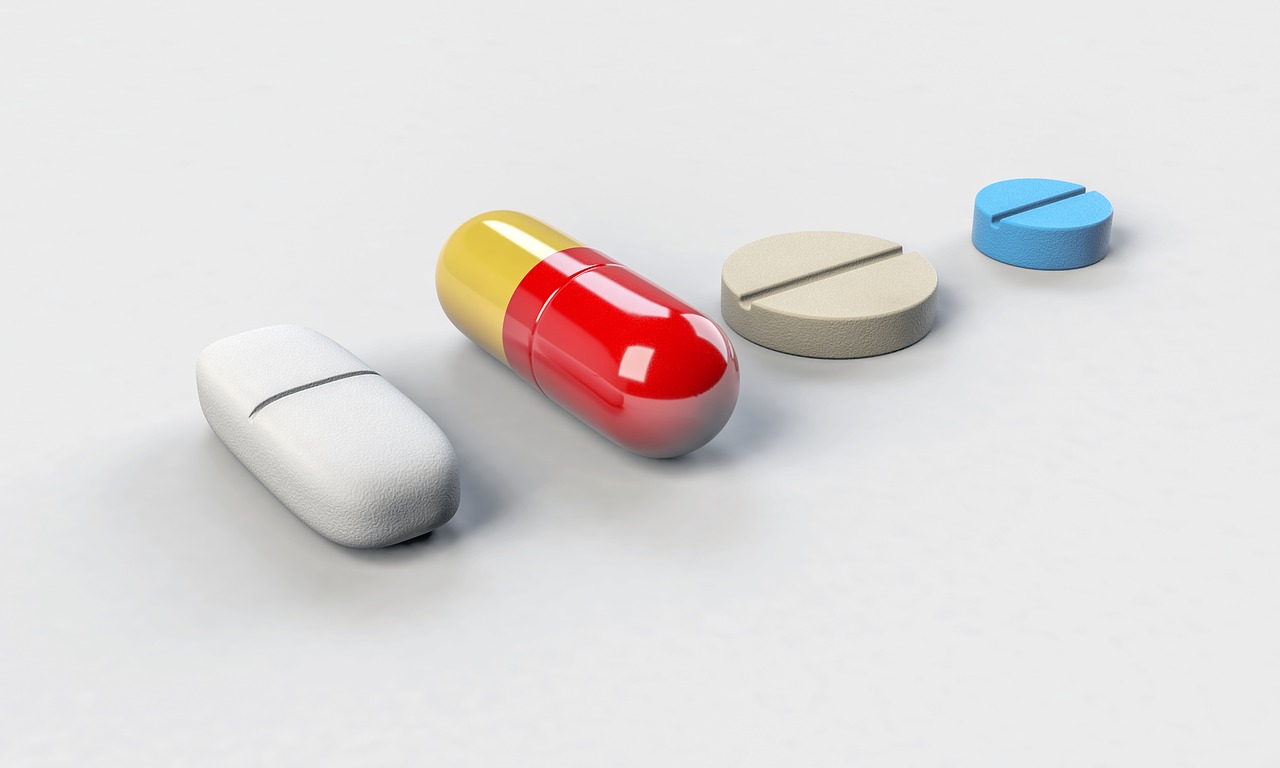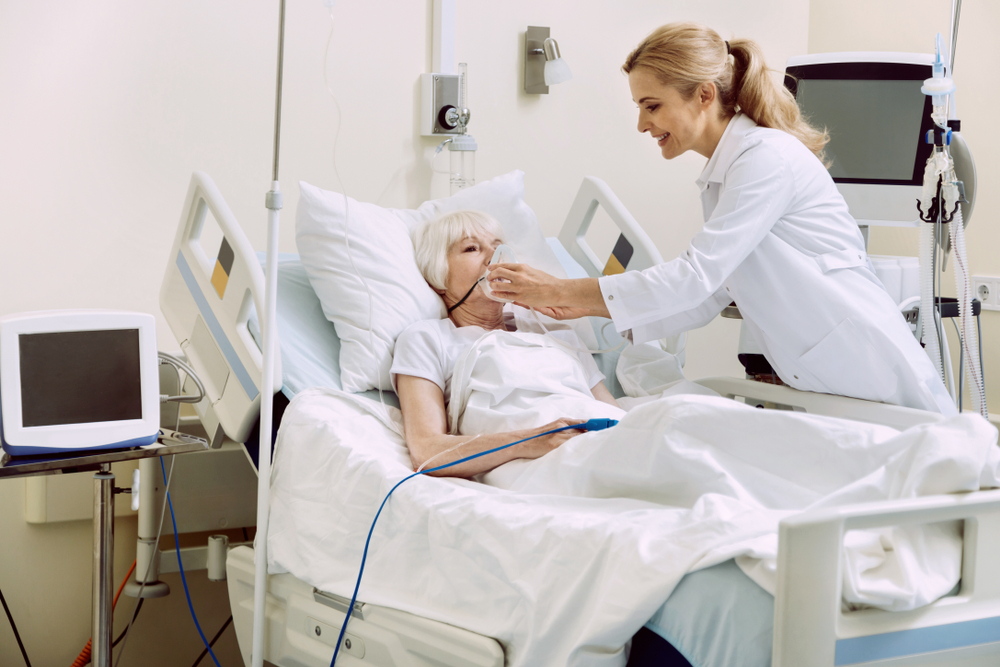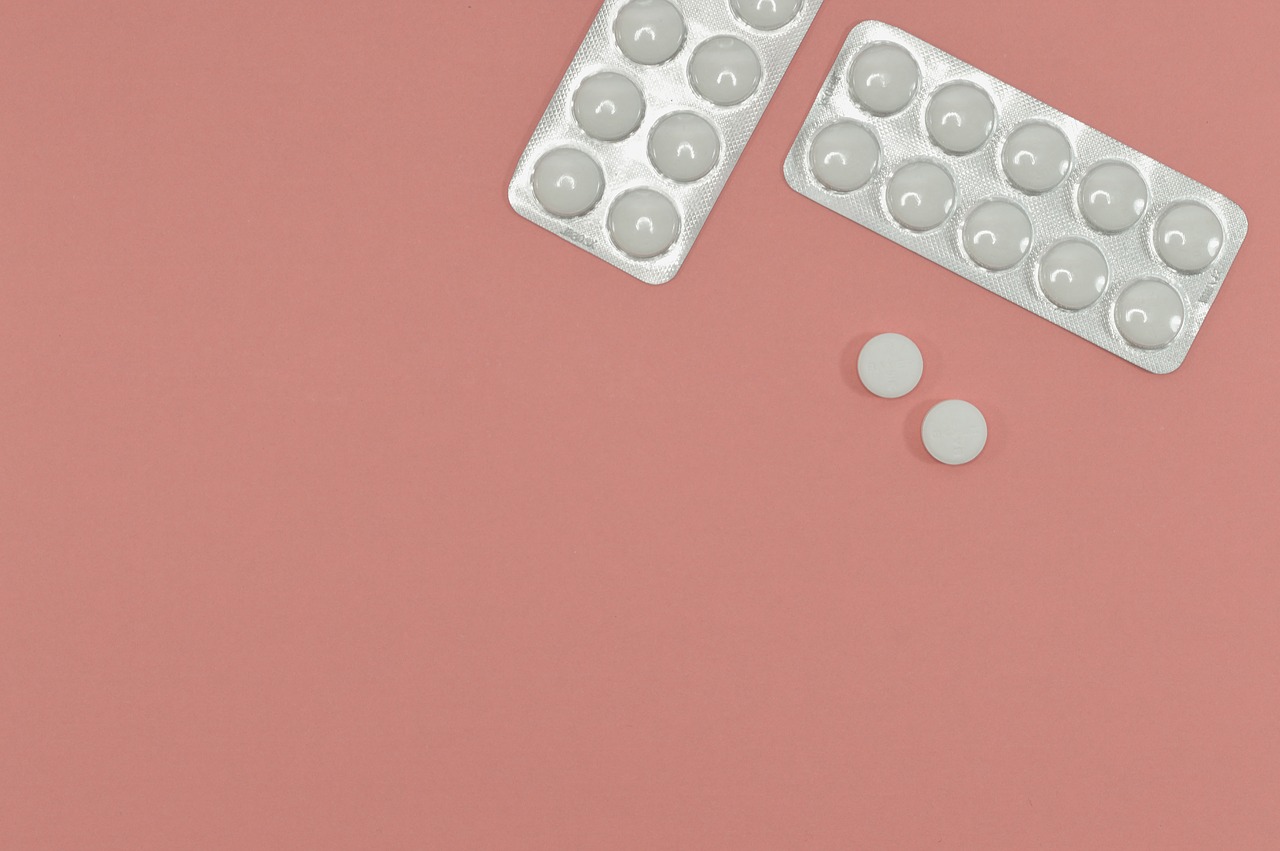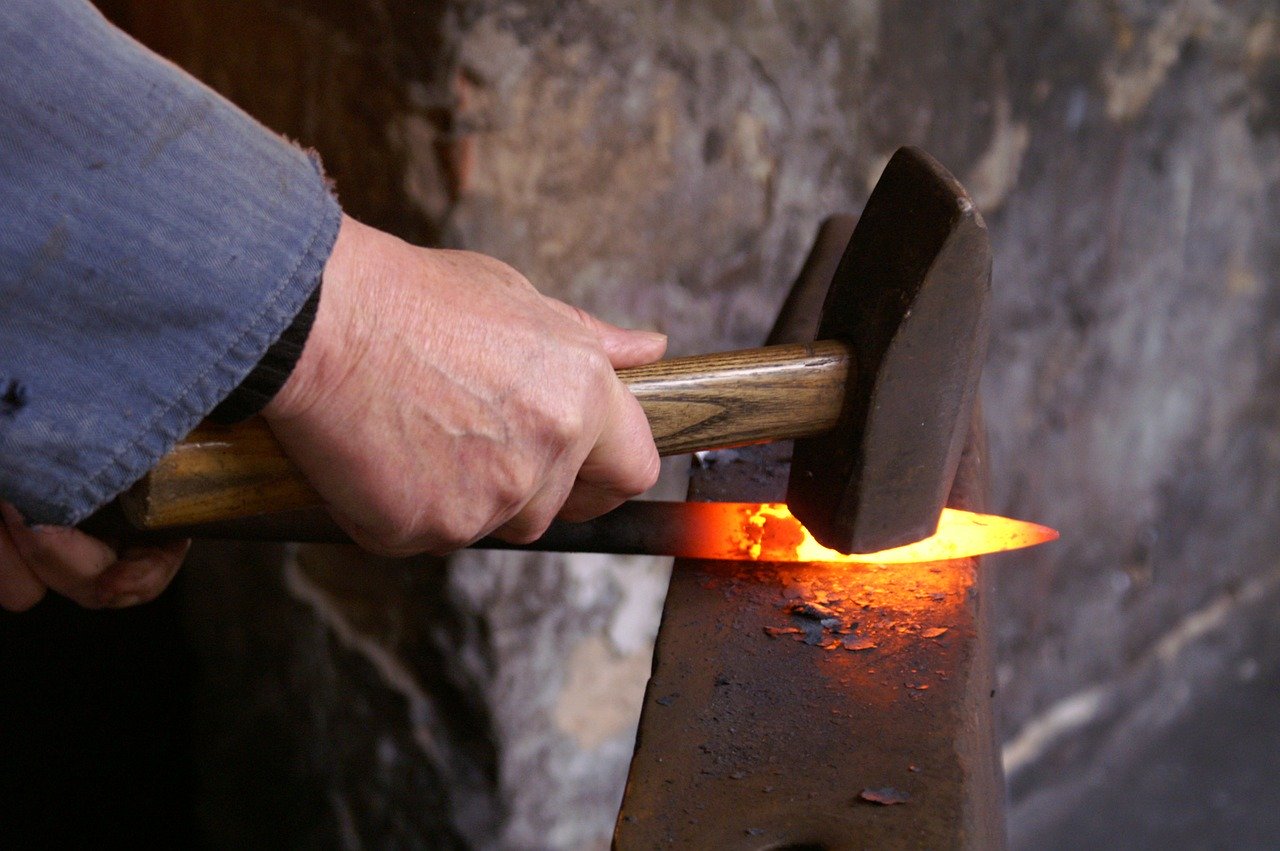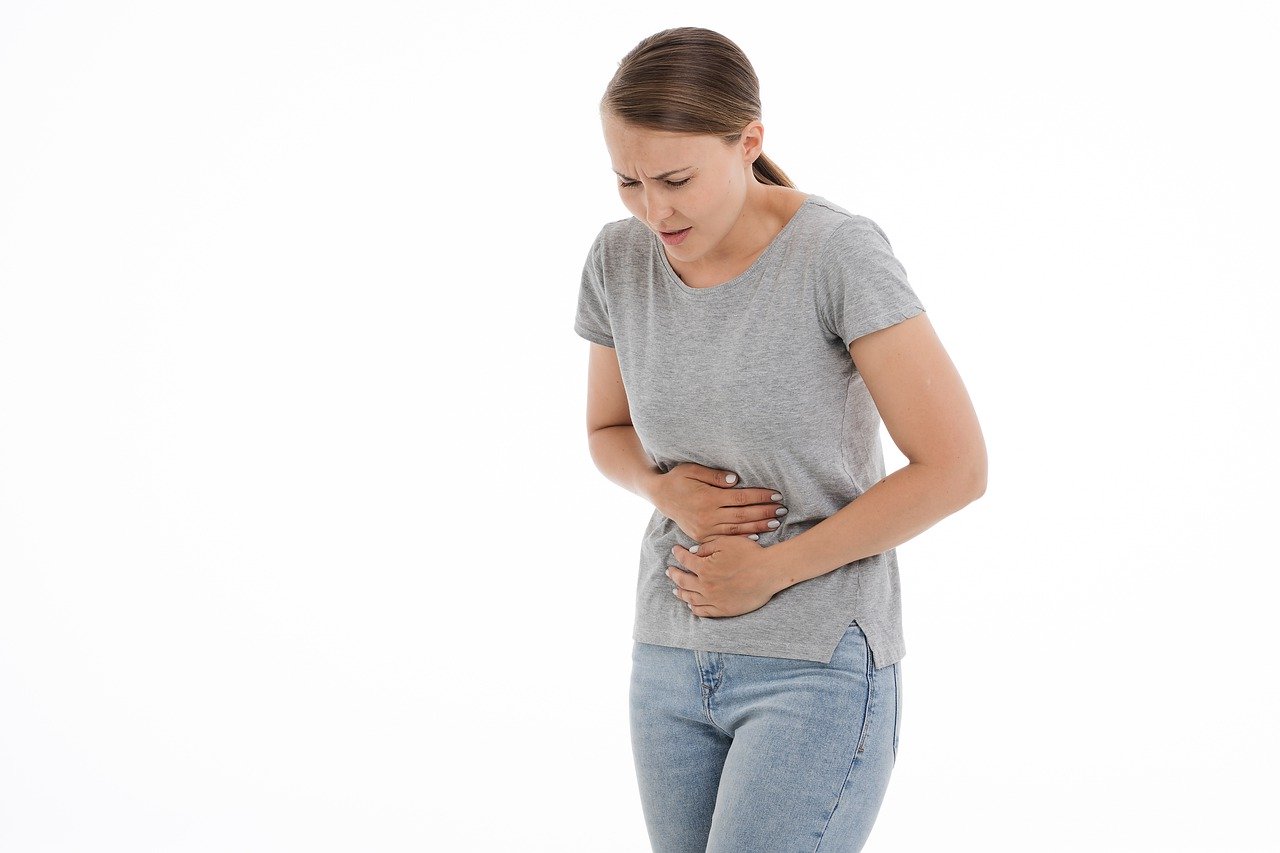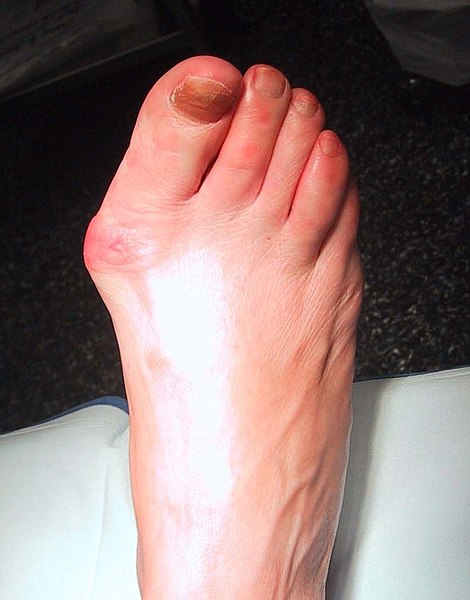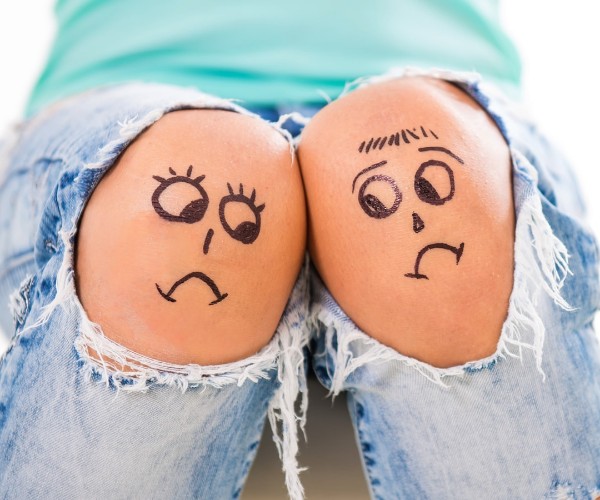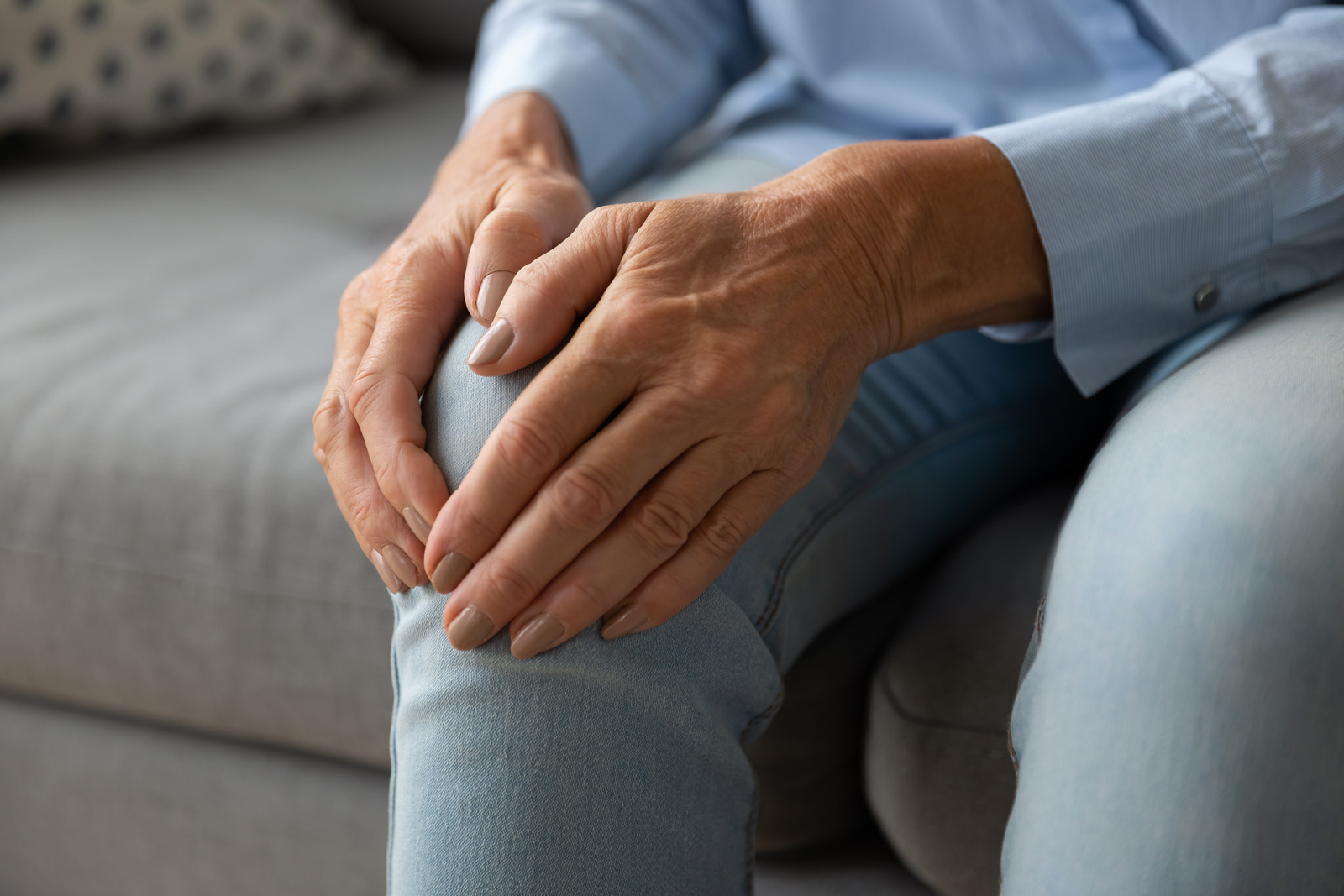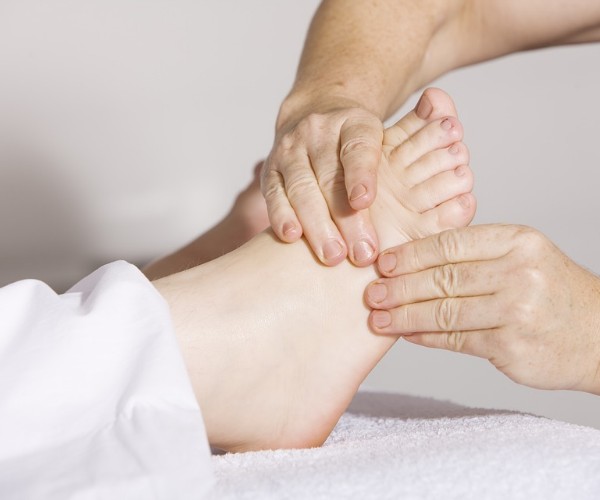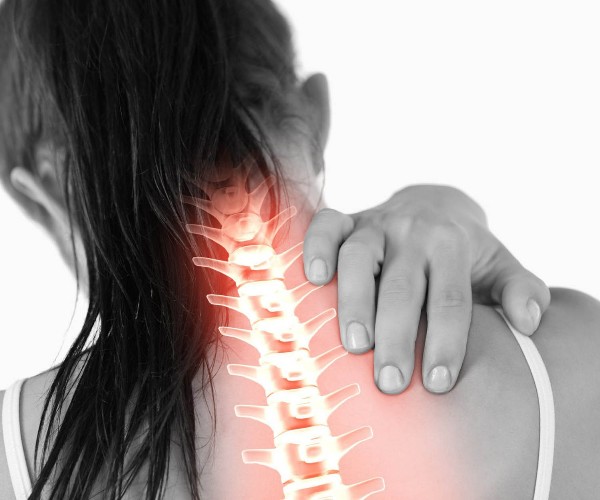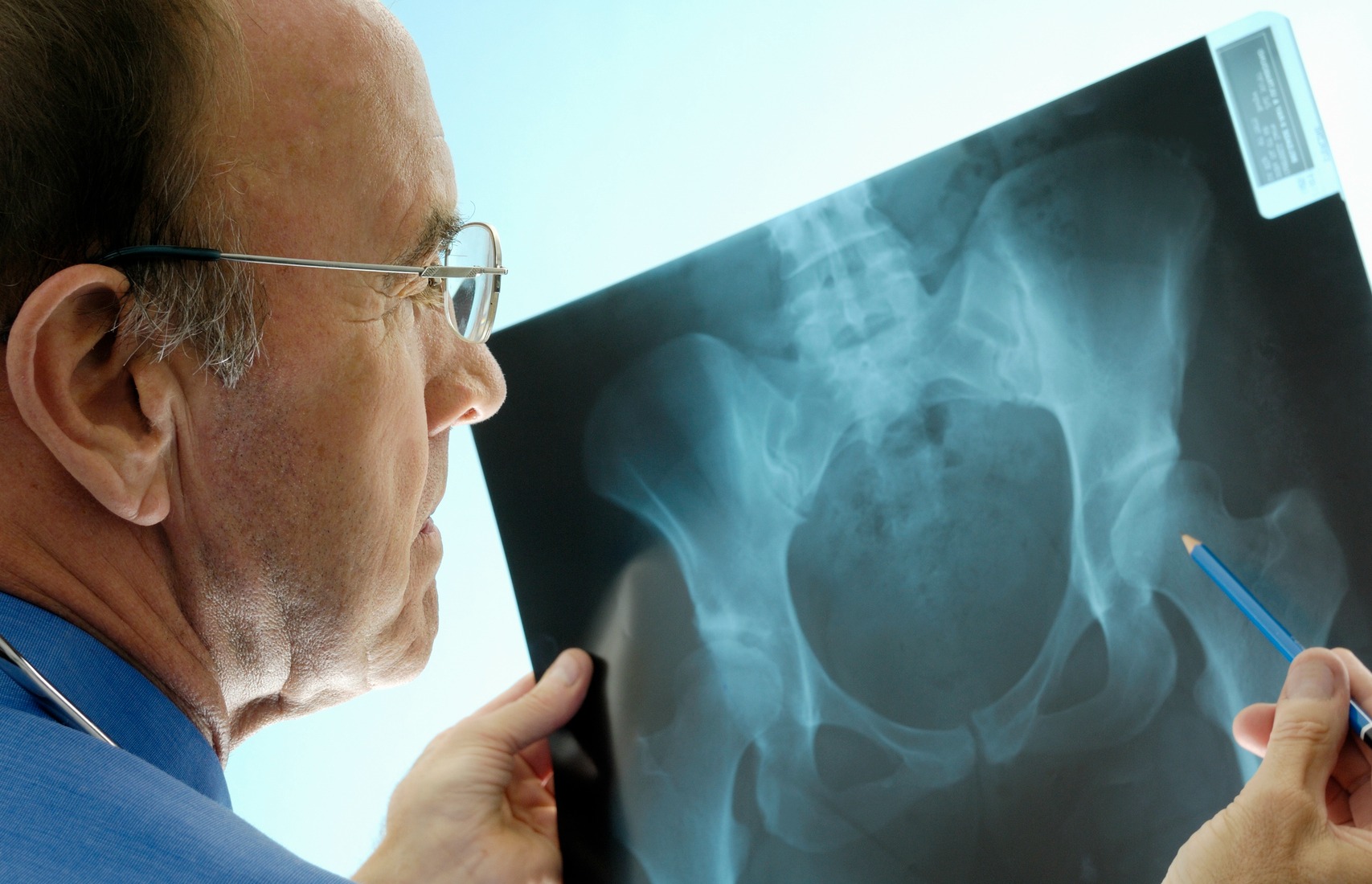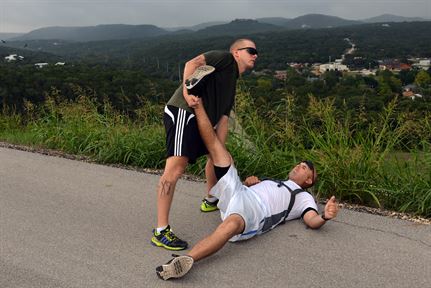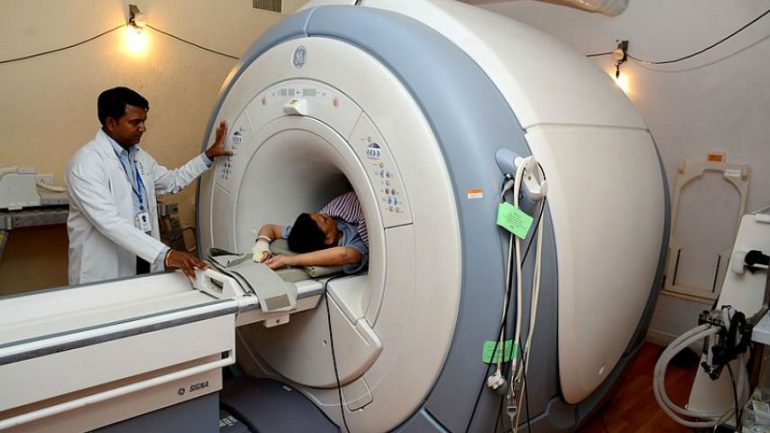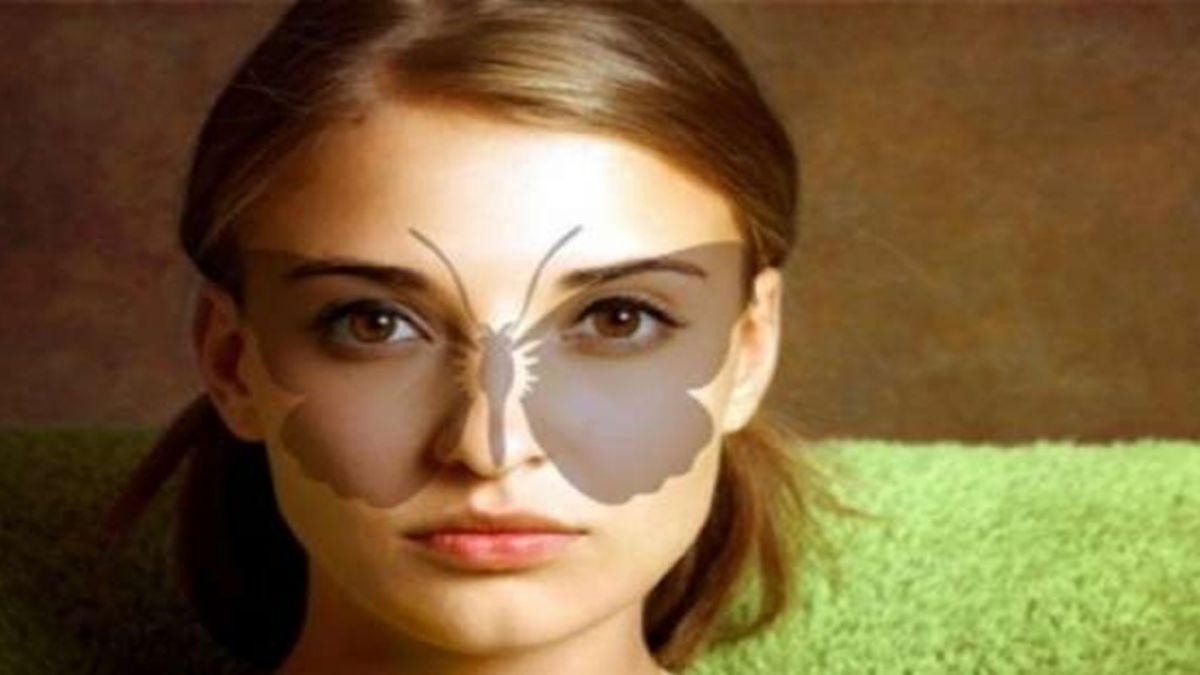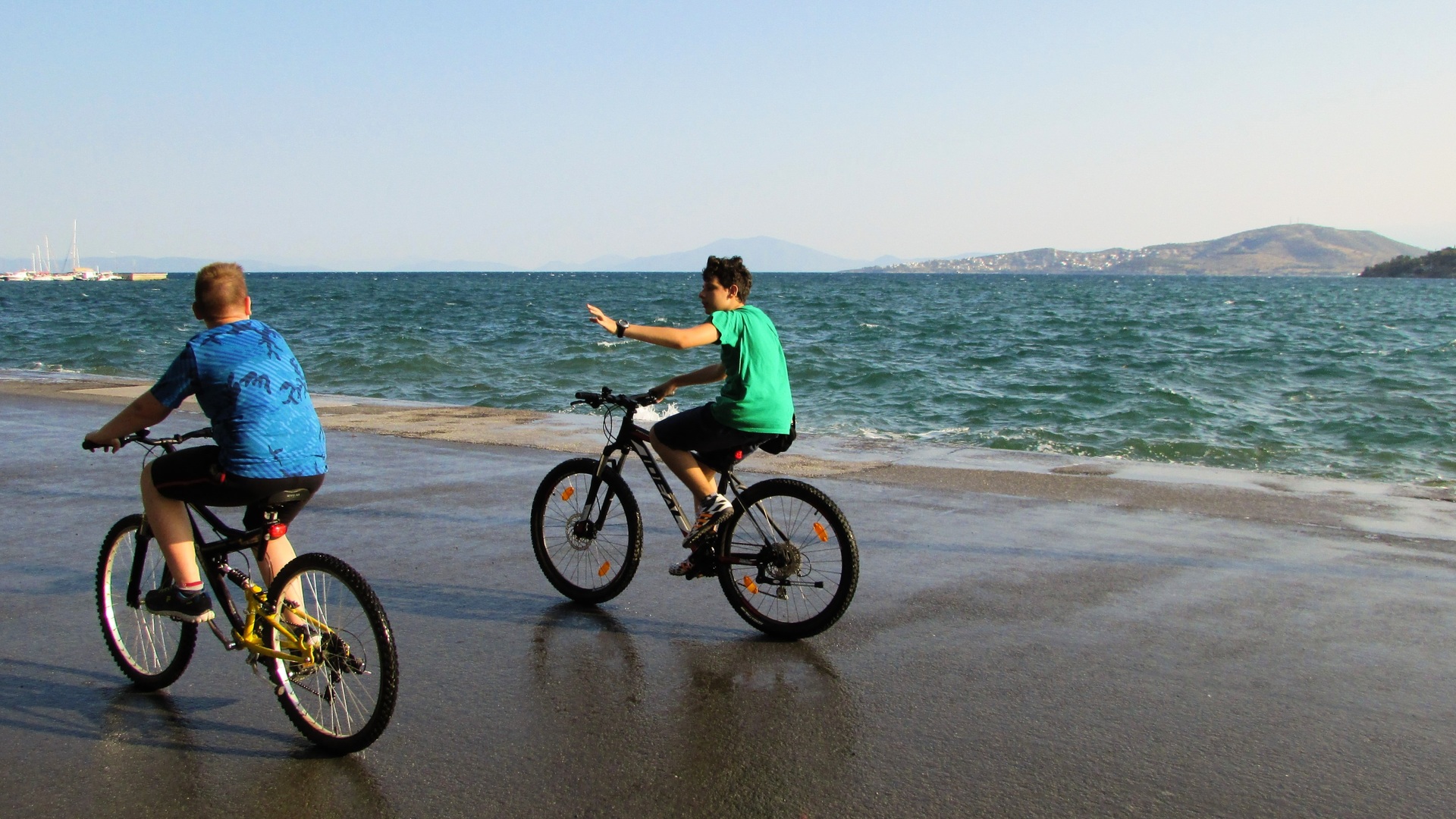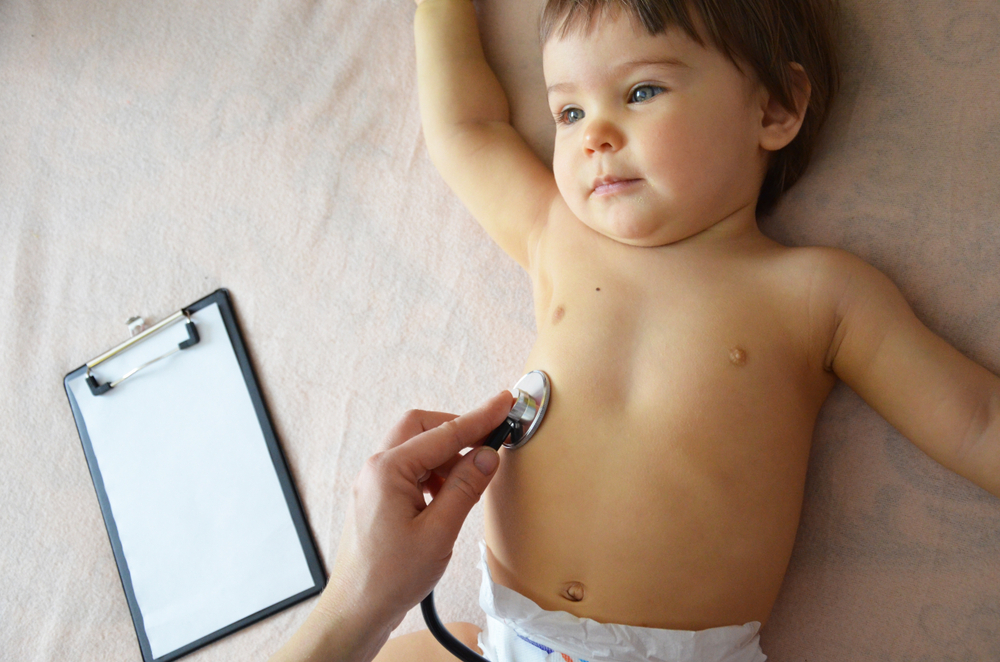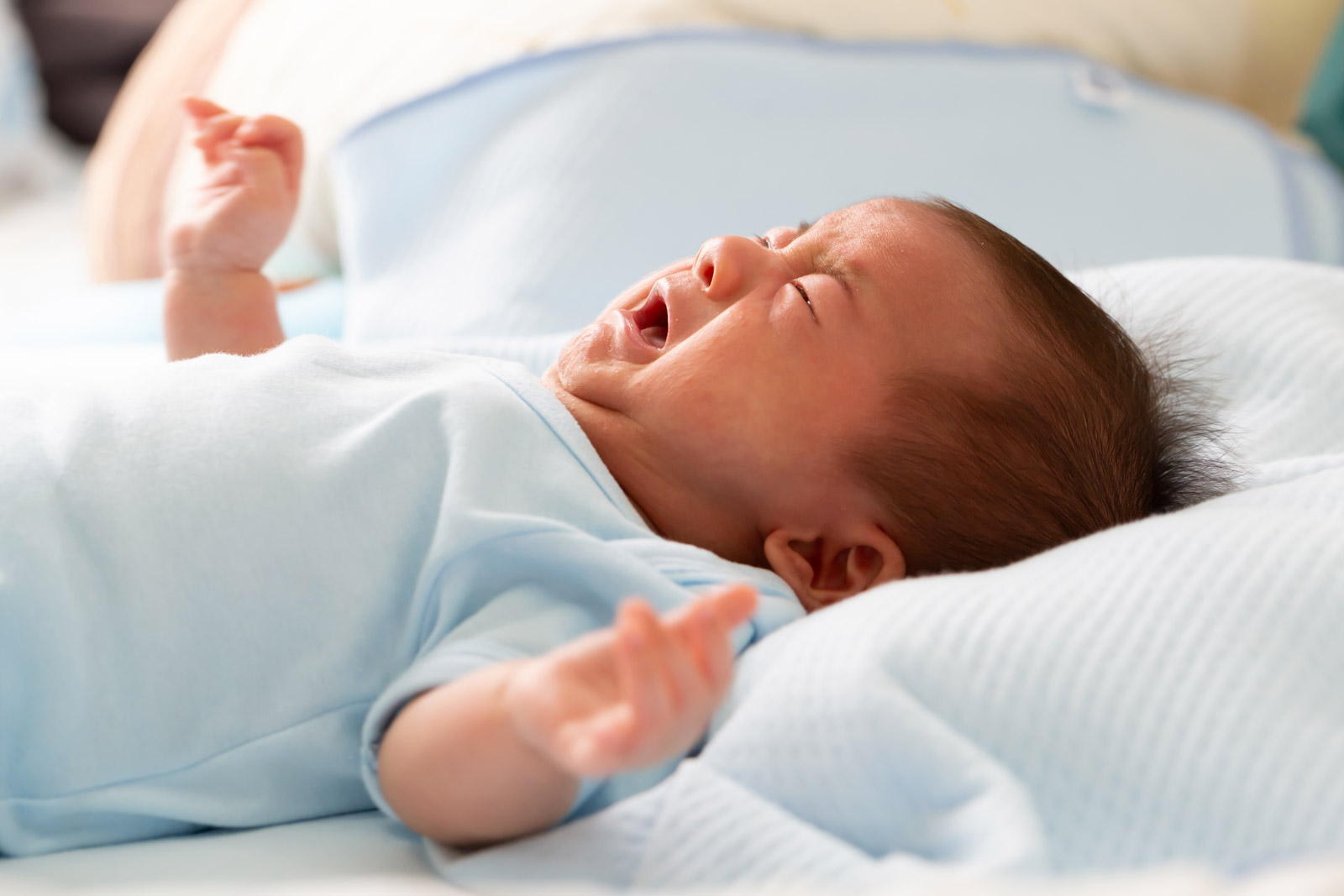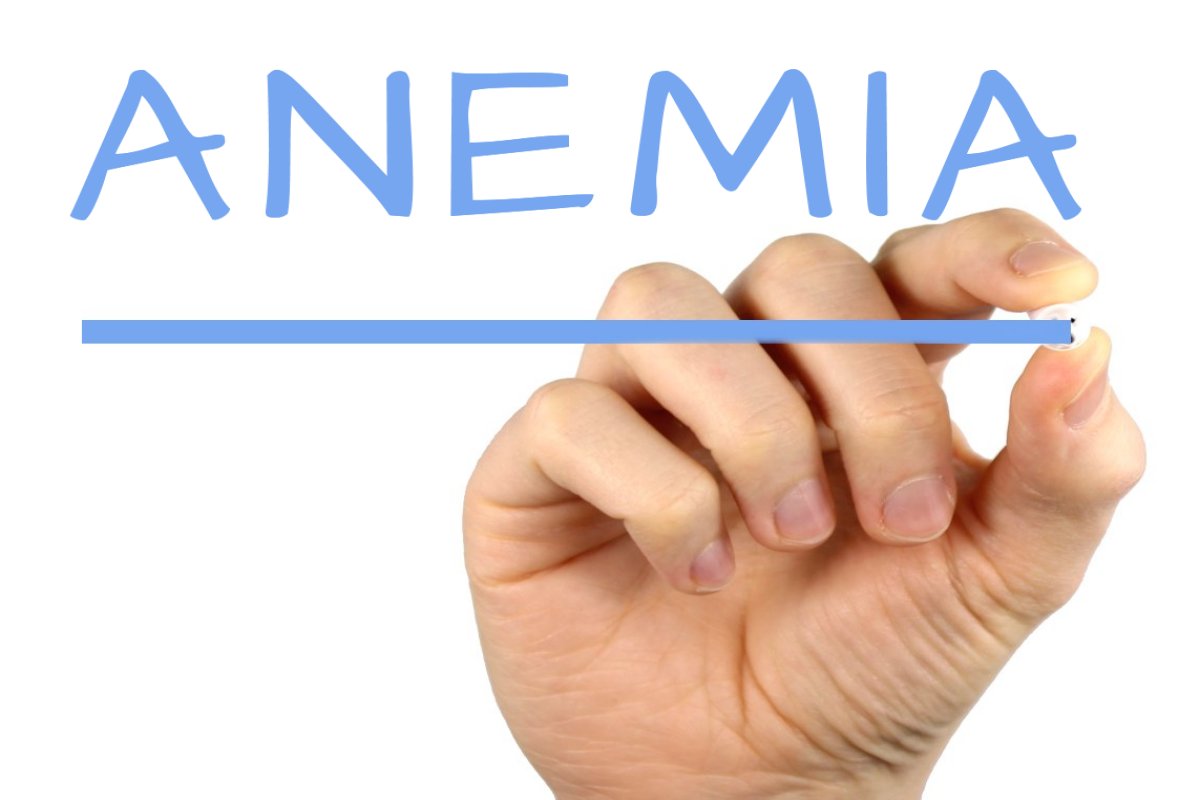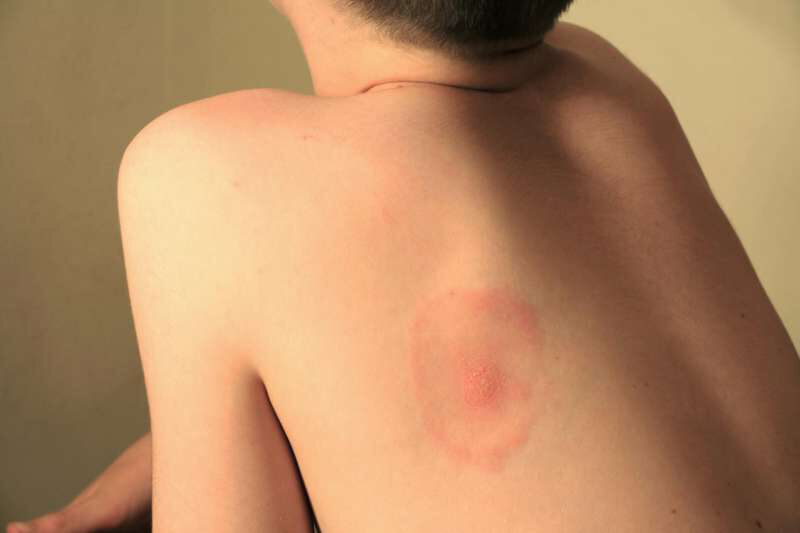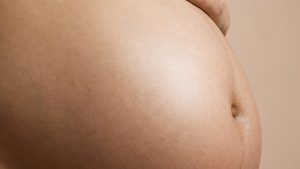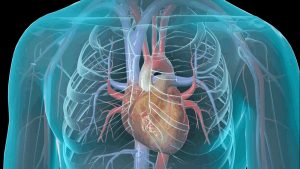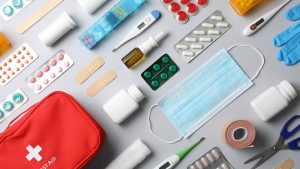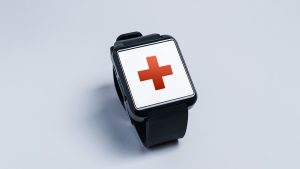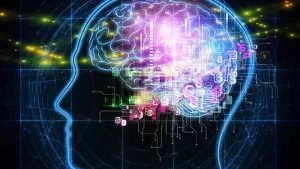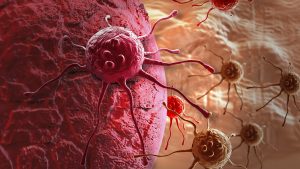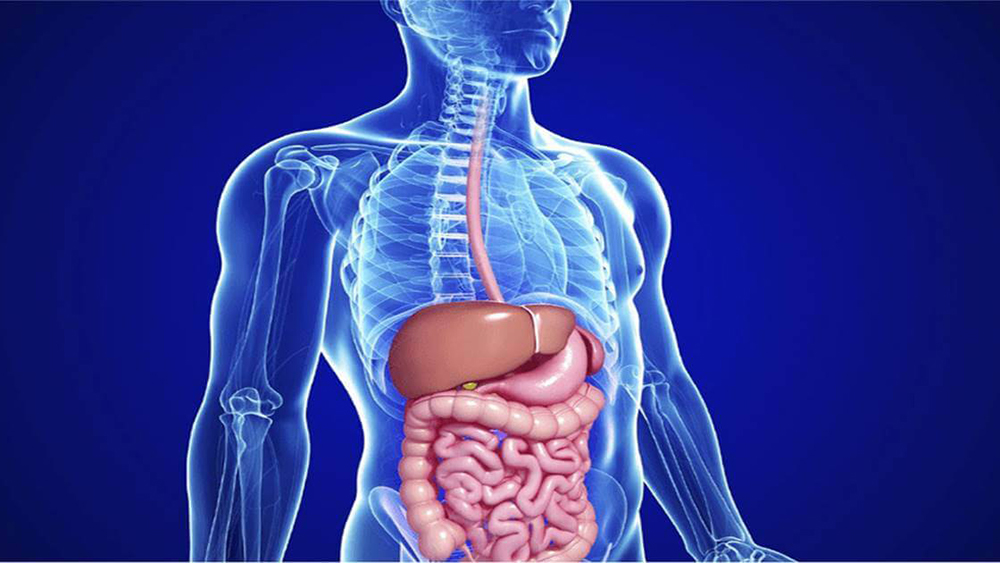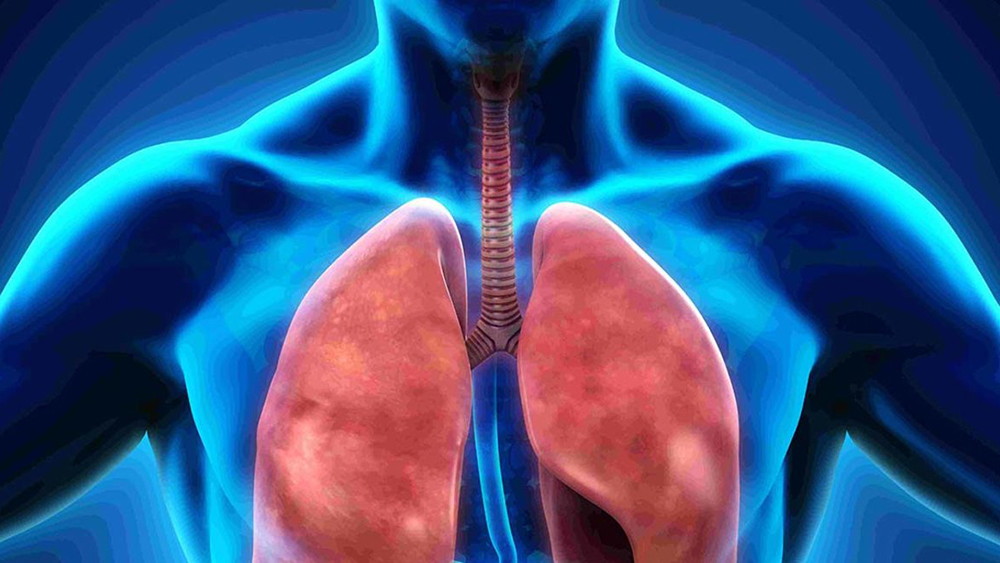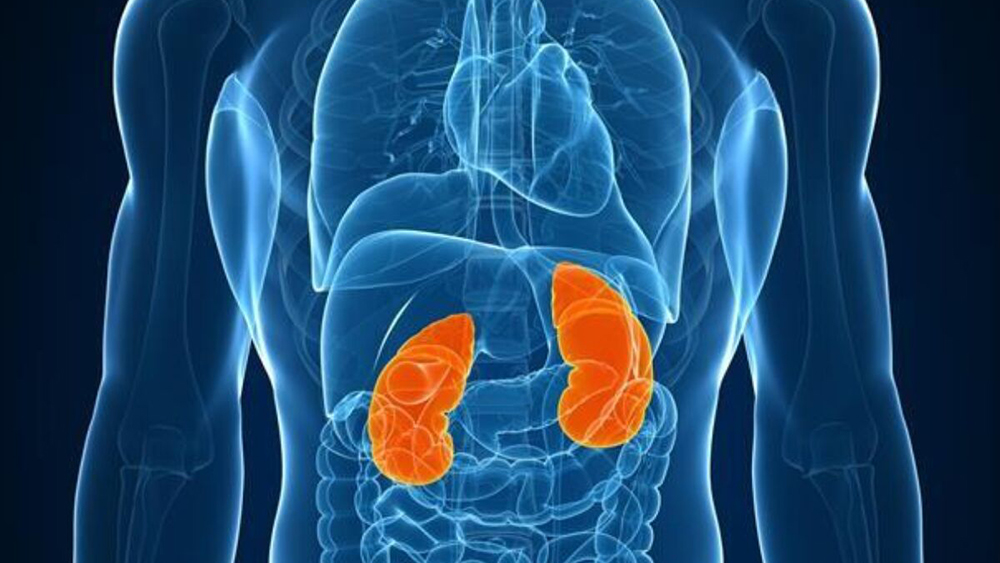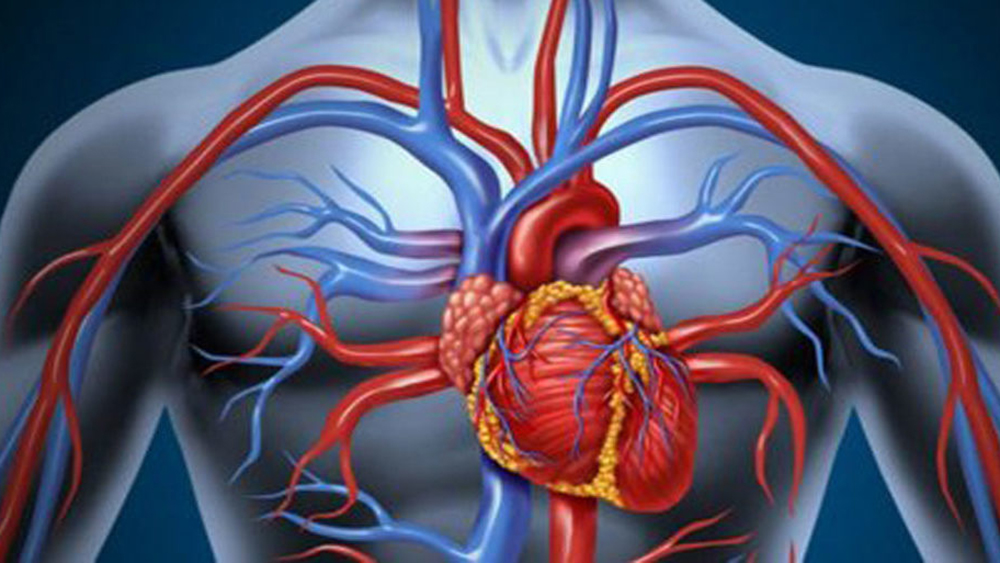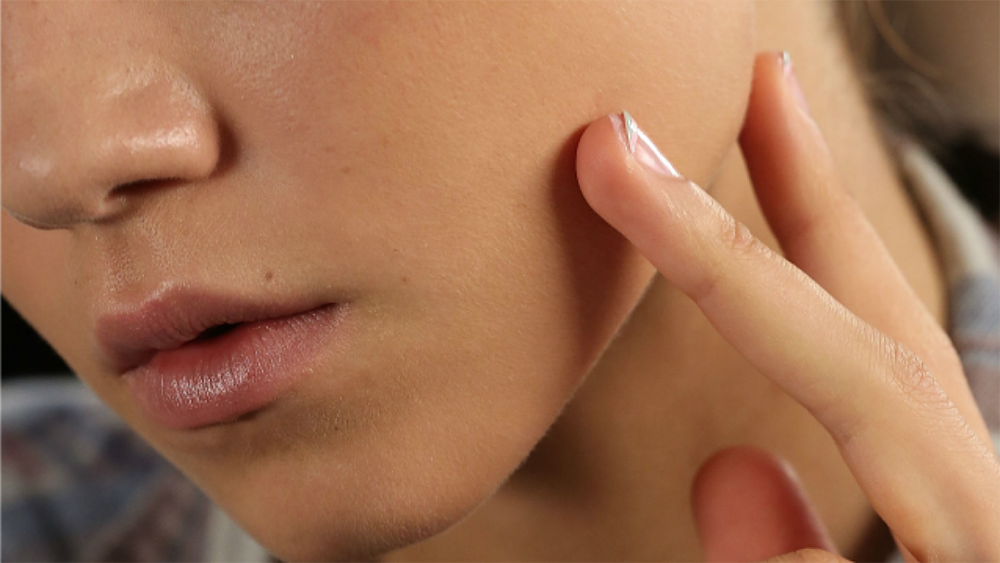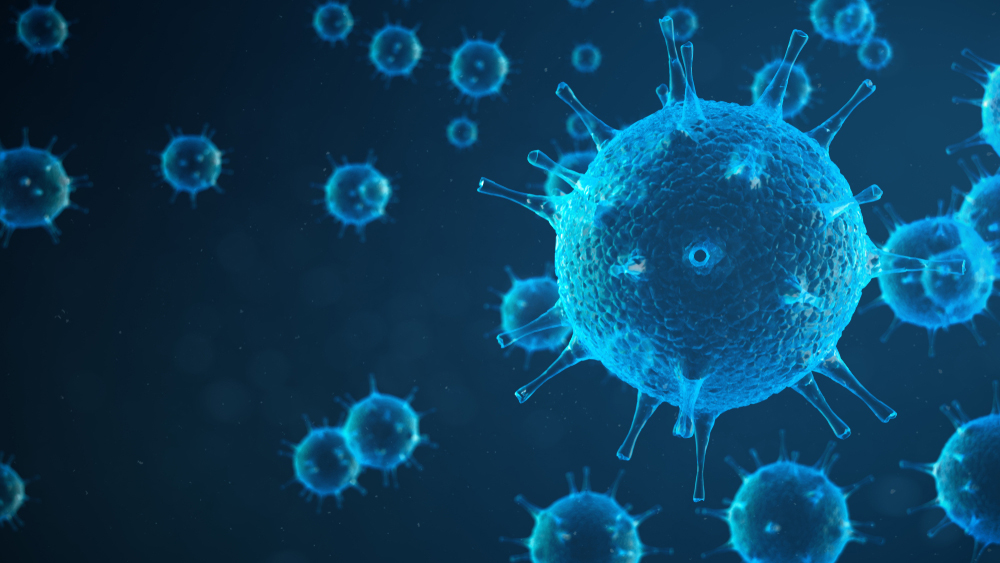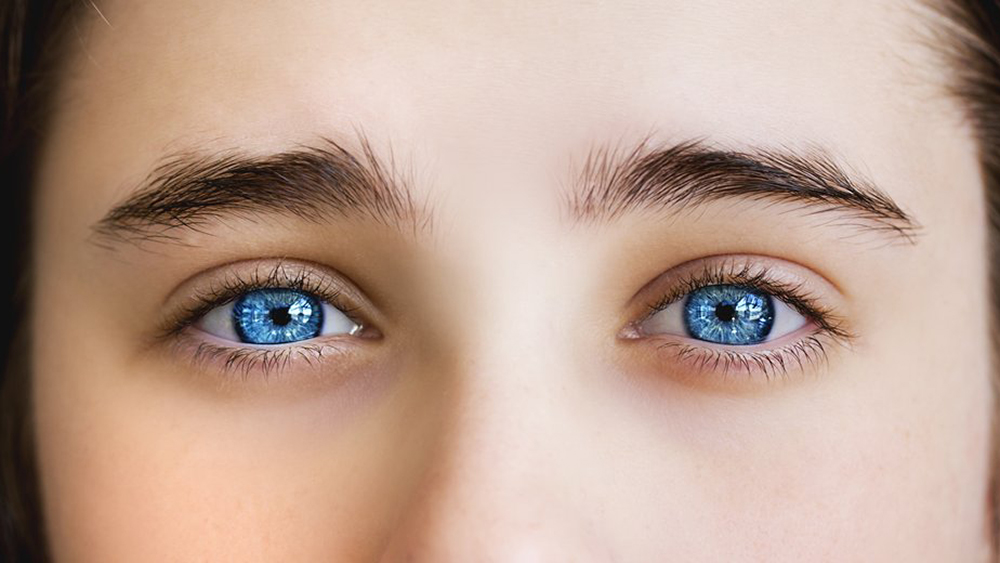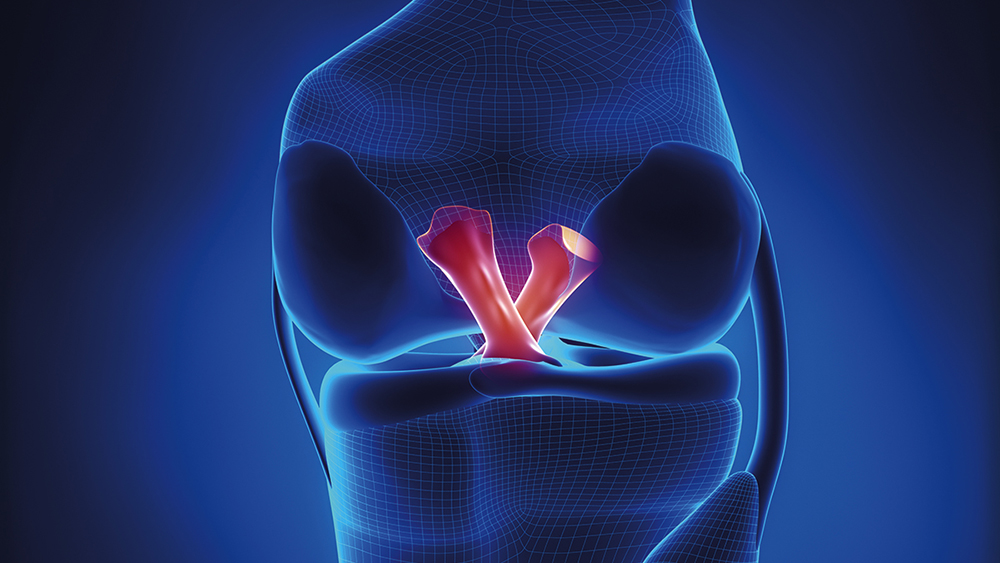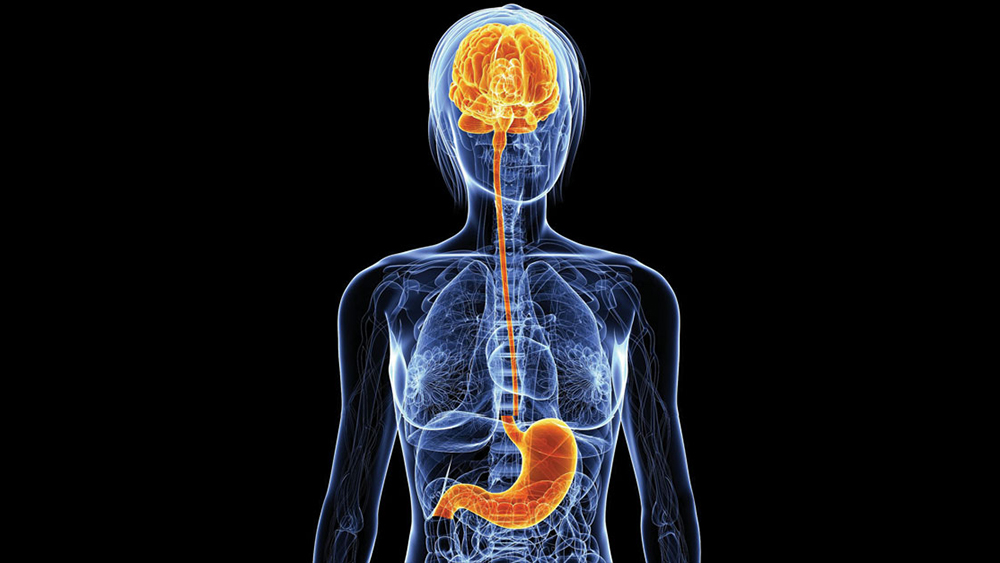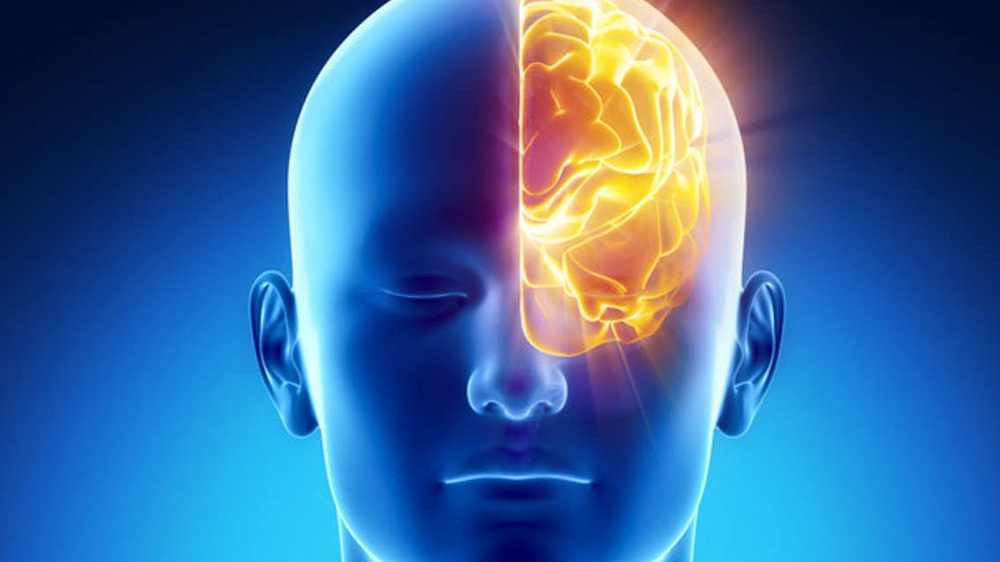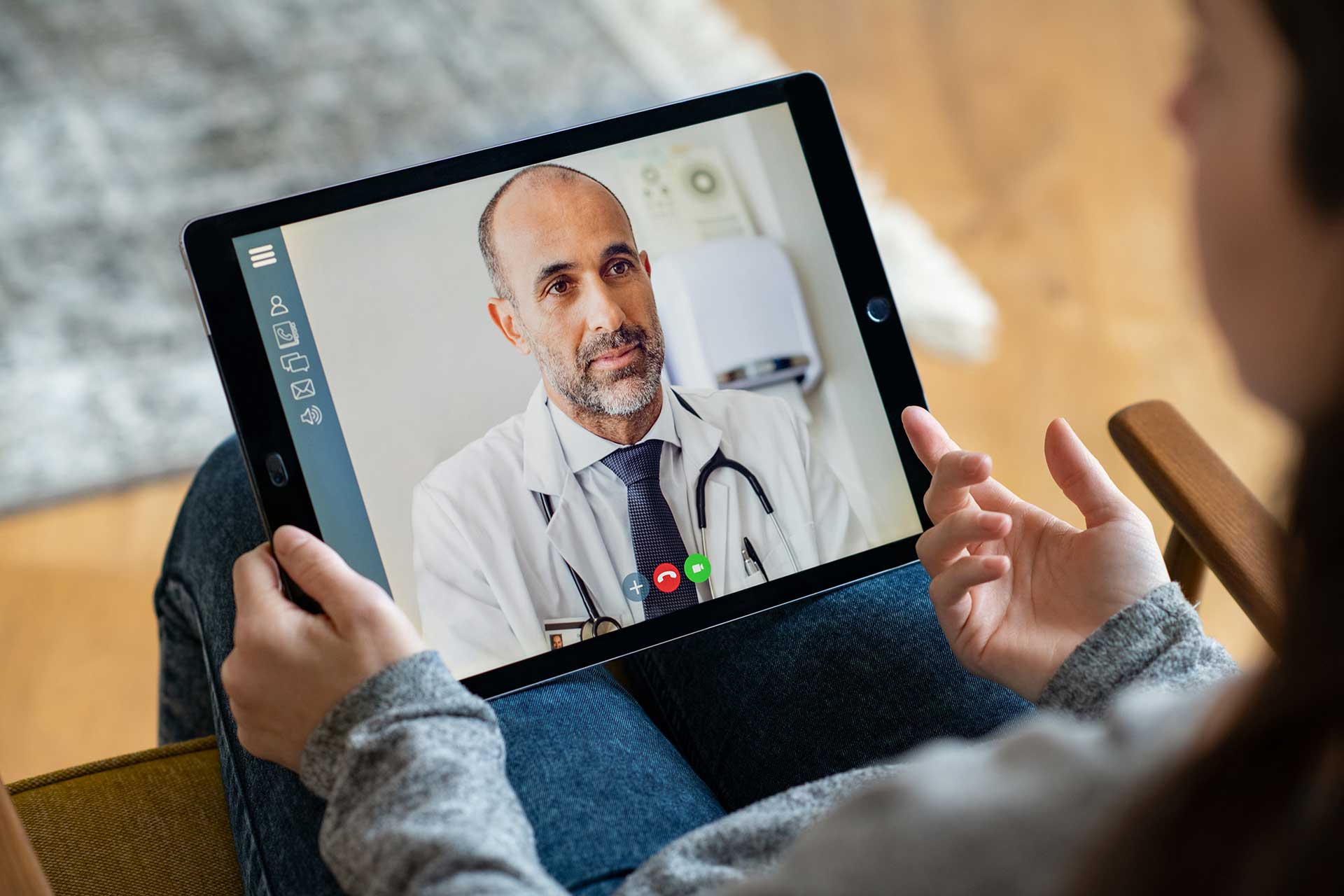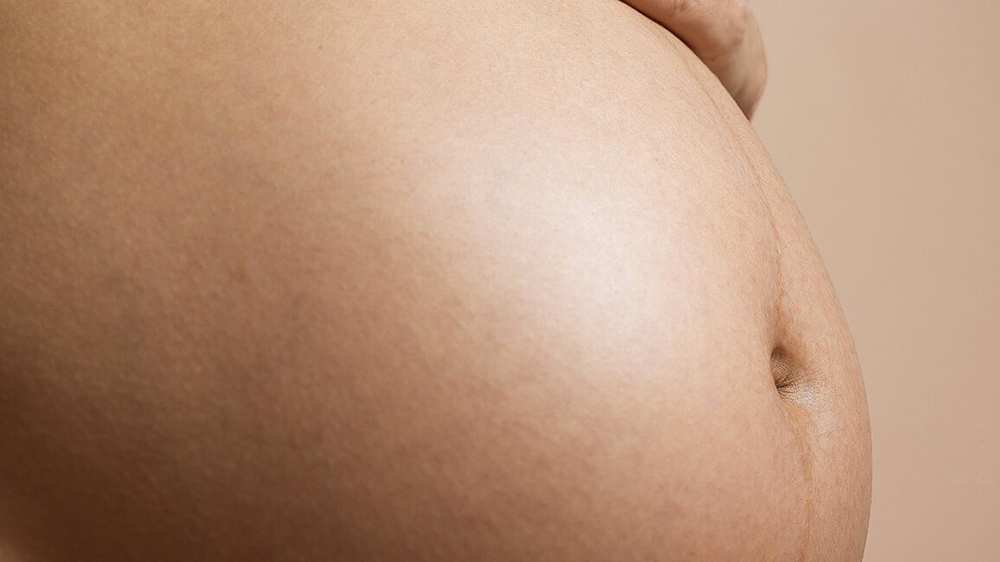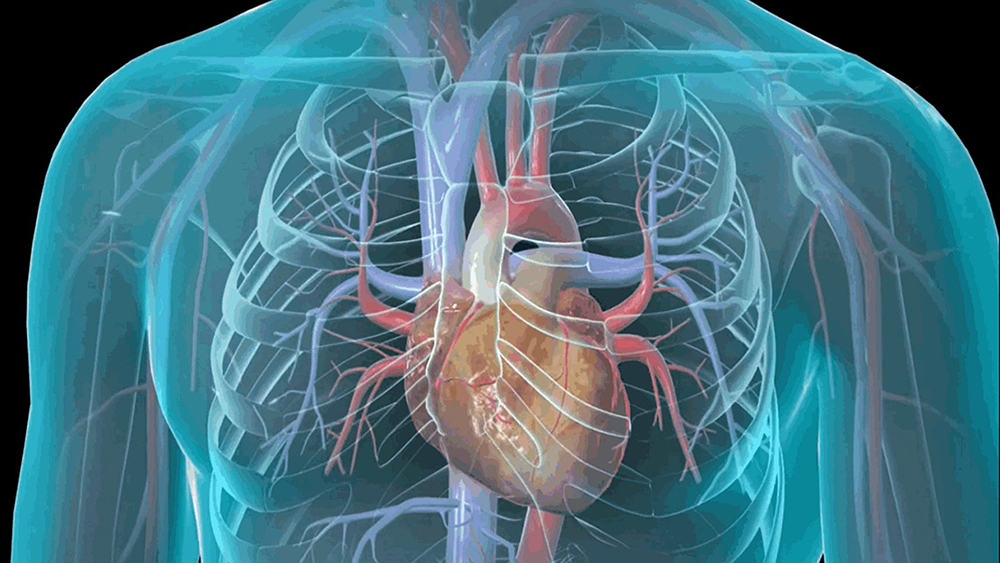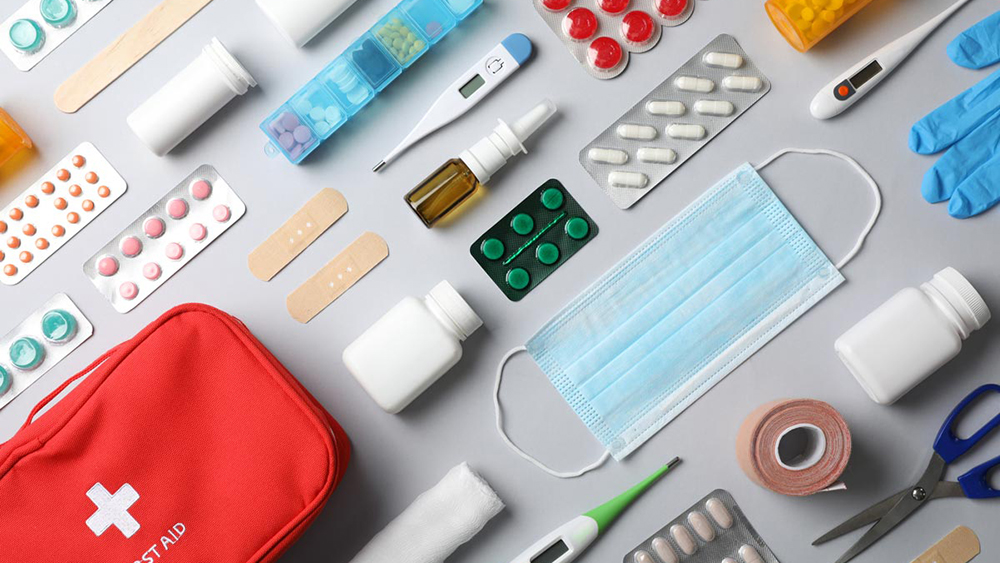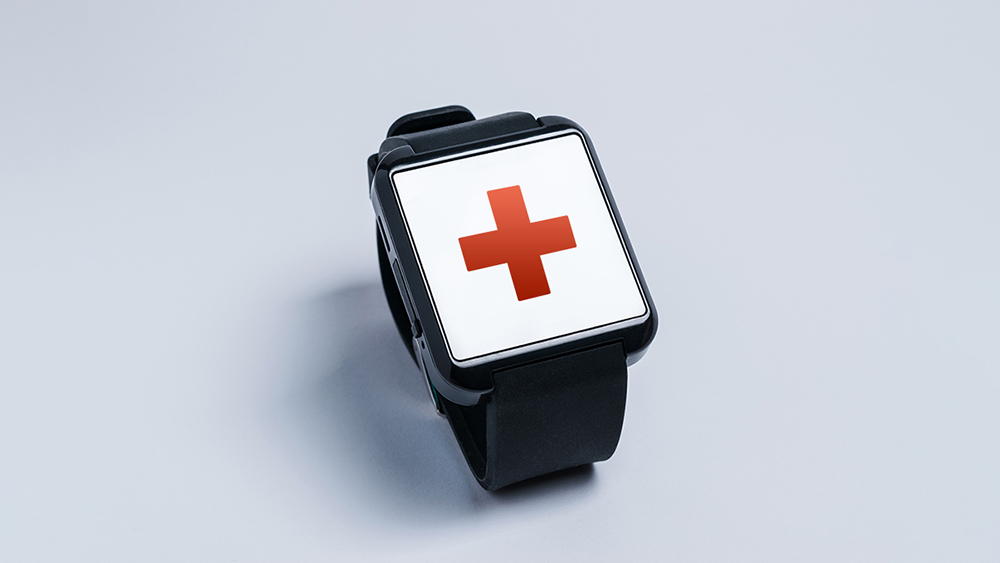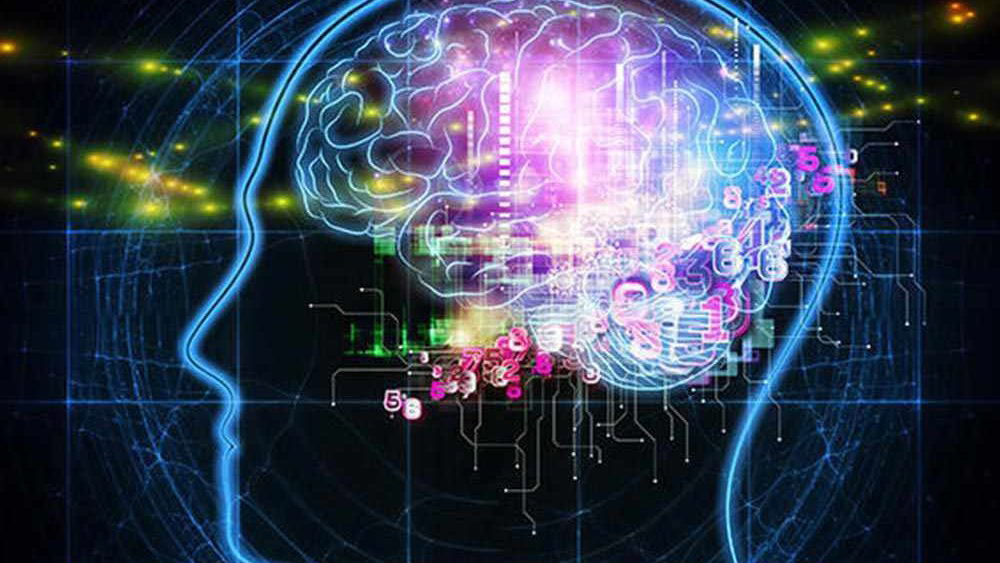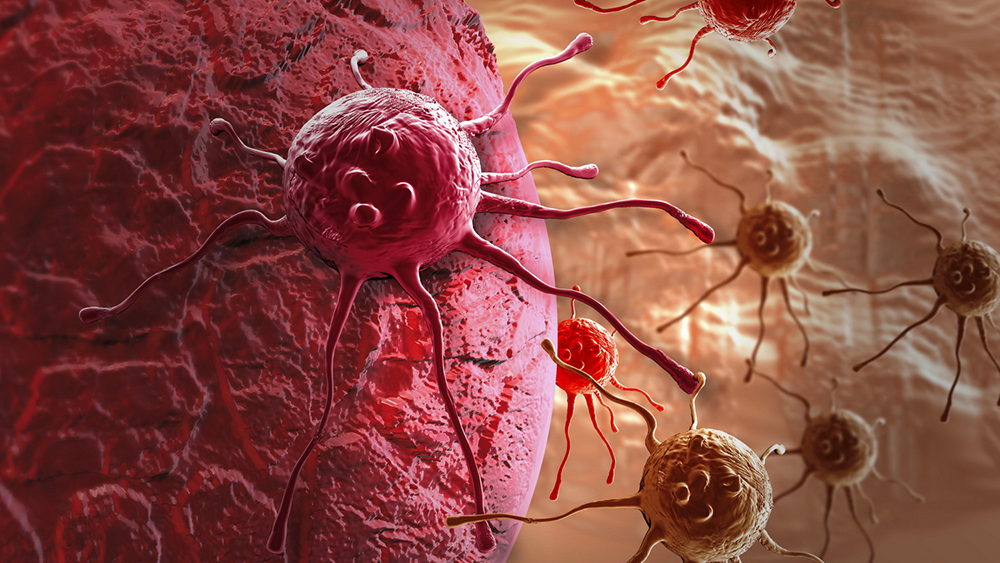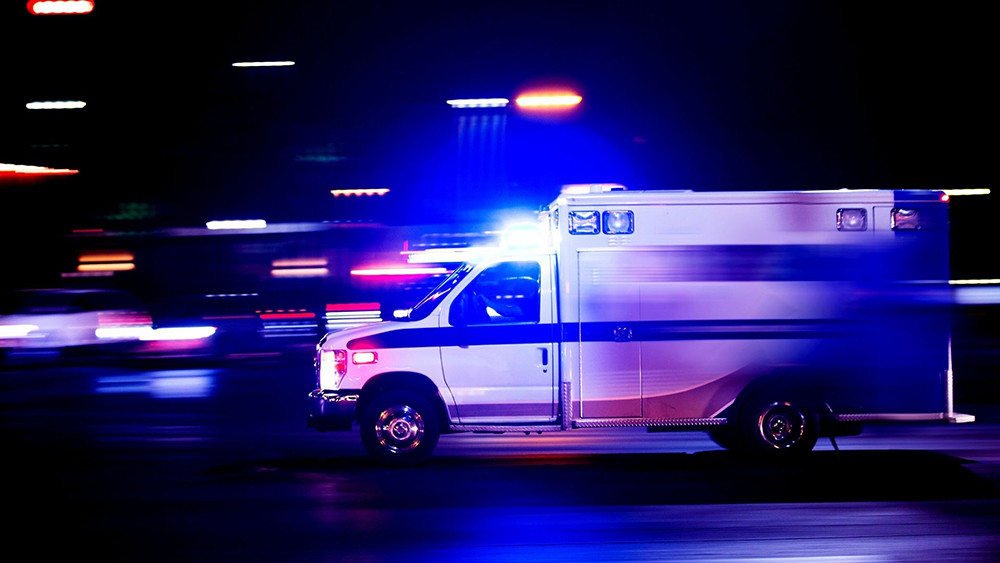FRACTURE/LUXATION
For detect a fracture it is necessary for the patient to test the percussion, holding the fingers in full extension on a solid surface. Firmly strike the fingertips, and transfer the force along the diaphysis of the finger bones. If percussion results in additional pain one must suspect a fracture.
What do?
- Immobilize the fingers through one of the following techniques:
- Using a patch to join the finger to that adjacent, or put the hand and fingers in the “functional” position.
- Place a dressing in the center of the hand bulky, secure it with a roll of bandage on a wooden board or a folded newspaper.
- Take to hospital.
NAIL AVULSION
If a nail is partially broken or detached it is necessary to stabilize it with a adhesive bandage. If the nail has completely detached, it is important to apply an antibiotic ointment and protect with an adhesive bandage. It is absolutely not recommended to cut the detached nail.
SPLINTERS
If a splinter passes under a fingernail, interrupting blood flow, there is need to remove the stuck part with tweezers. If the splinter has embedded in the skin, a sterile needle is needed to extract it, up to when it cannot be removed with tweezers.
SUBUNGUAL HEMORRHAGE
After nail trauma the blood usually collects under the nail and causes intense pain. To relieve pain get the blood out of the nail.
What do?
- Place finger in cold water or apply an ice pack.
- Relieve pain by piercing the nail.
- Apply a dressing to absorb the leaking blood and try to protect the injured nail.
REMOVAL OF A RING
It happens sometimes that the finger is very swollen and it is difficult to remove a ring. If the ring is not removed gangrene can develop within 4-5 hours. To prevent this from happening, use one of these methods:
- Lubricate the finger with oil or butter.
- Place the finger in cold water and wait for the edema to subside.
- Massage the finger from the tip to the hand to let the edema reabsorb, lubricate the finger, and try to remove the ring.
- If you cannot remove it, slide the end of a wire under the ring with a toothpick or matchstick. Wrap the thread around the finger starting at the ring going toward the tip. Continue to wrap evenly. This will push the edema toward the hand and slowly unwind the wire on the side of the ring toward the hand.
- Cut off the narrowest part of the ring with a saw, protecting your hand.
- Inflate a balloon and tie off the end. Press the victim’s swollen finger into the end of the ball so that the ball wraps around the finger evenly. This will return the finger to normal in about 15 minutes, and the ring can be simply removed.
Source: Mediserve‘s Pocket Guide to First Aid.



